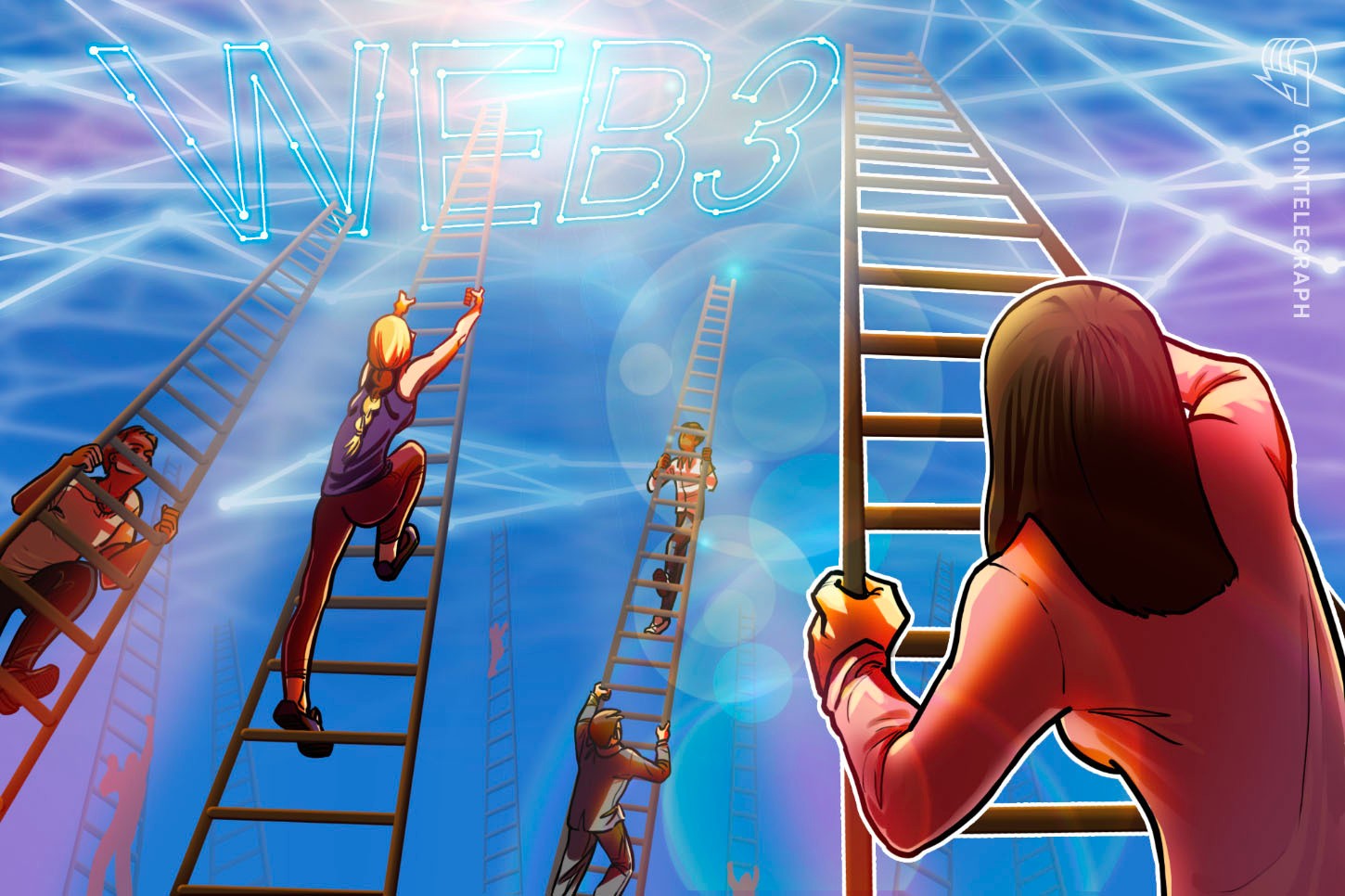The real economic utility of Web3 — a broad term that refers to some future iteration of the internet — can only be realized by utilizing existing payment onramps and offramps, according to Max Rothman, vice president of crypto and digital assets of Checkout.com.
In an interview with Cointelegraph, Rothman explained that companies operating in Web2 and Web3 are largely siloed from one another, which means they cannot access each other’s benefits. “Web2 companies have mastered seamless online payments and the user experience,” he said, referring to businesses that operate in the current state of the internet. “For Web3 companies to continue to grow, they need a steady supply of new and existing users providing them fiat currency conversions into crypto.”
While crypto payments remove middlemen and offer higher security, merchants still have to manage volatility and apply for tax, among other issues.
— Cointelegraph (@Cointelegraph) July 27, 2022
An executive for Checkout .com claims mass adoption will be inevitable when those issues are dealt with. https://t.co/CpLyrRj3QU
While the value proposition of Web3 lies in blockchain technology and the tokenization of the internet, the industry lacks payment processing capabilities. According to Rothman, this gap makes it unlikely that cryptocurrency ever becomes a viable everyday payment method. To bridge the gap, Web3 innovation must tap into Web2 payments infrastructure:
“In some ways, Web3 innovation can be led by the Web2 payments infrastructure, as most companies have the ability to adapt and invent. Ideally, the increased speed and security that Web3 promises can co-exist with the ease of use, seamlessness and regulatory compliance that Web2 already offers.”
Checkout.com is a global payment processor that enables businesses to integrate flexible payment options. The company employs what it calls “local expert teams” to assist merchants in improving their payment performance and ensuring that regulatory requirements are met. As reported by Cointelegraph, Checkout.com concluded a $1 billion Series D funding round in January at a valuation of $40 billion. At the time, the company said it would use the funds to further expand its crypto payment processing capabilities.
Related: Web3 had a small, yet important, presence at Paris Fashion Week
As part of its crypto mandate, in June, Checkout.com launched a round-the-clock stablecoin settlement system based on Circle’s USD Coin (USDC). The company said more stablecoins and assets would likely be incorporated into the settlement system over time. As Rothman explained, Checkout.com made its first major pivot into digital assets in 2019 when it enabled fiat payment processing for 12 of the 15 largest crypto exchanges.
Global payment processor @Checkout’s new stablecoin settlement system will allow merchants to process crypto payments in real time.
— Cointelegraph (@Cointelegraph) June 7, 2022
(Reporting via @forgeforth_) https://t.co/GkBeQ9qfcW
When asked about the current bottlenecks to greater Web3 adoption and understanding, Rothman explained that most companies operating on the internet today don’t understand the value of this new paradigm:
“The narratives and themes derived from Web2 introduced users to concepts like decentralization, censorship resistance and permissionlessness. However, Web2 companies don’t understand the use case or benefits of crypto, including opportunities to integrate Web3 strategies beyond just crypto acceptance. [...] Therefore, cross-industry education is needed to effectively move the needle toward integrating Web3 strategies.”
For all the talk of Web3, a unified definition of the term remains elusive, possibly due to the industry’s ongoing experimentation with blockchain technology. Nevertheless, venture capital is enamored by the concept and its potential, as evidenced by the massive funding flows to Web3 companies this year.
Related: What is necessary for Web3 to fully replace Web2?
According to Cointelegraph Research, Web3 dominated almost every funding metric in the second quarter of this year, with early-stage investments in seed rounds totaling $2.18 billion. Web3 companies also saw more individual deals than the decentralized finance and centralized finance sectors.


